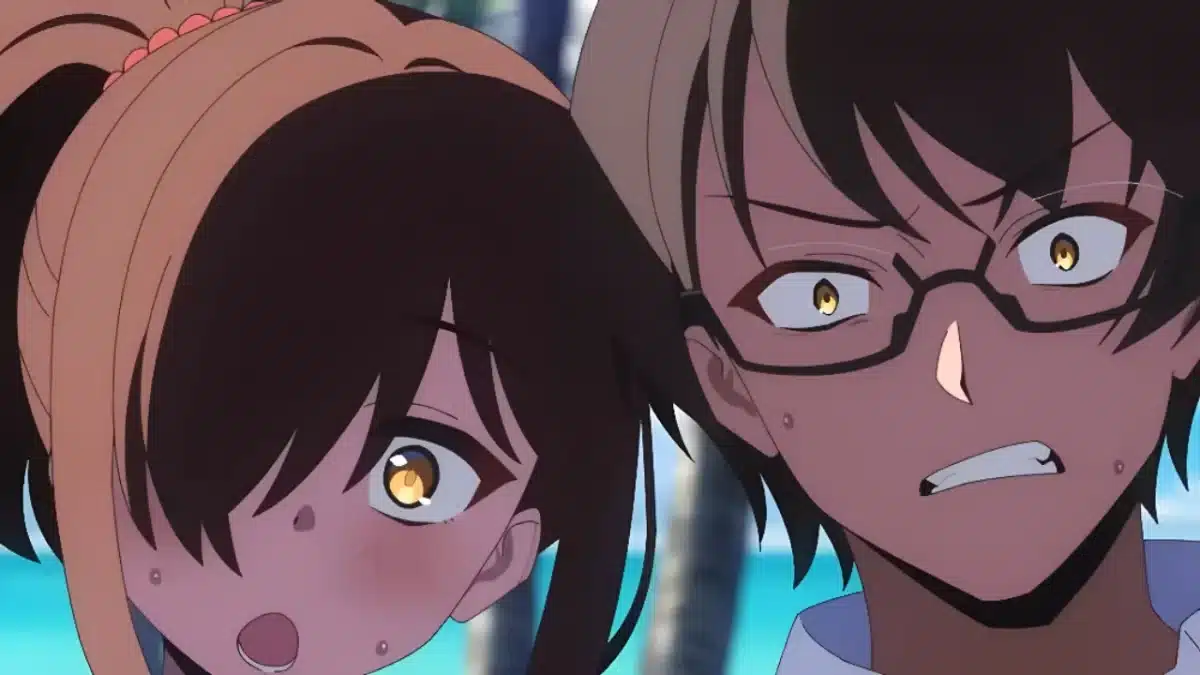There is a paradoxical phenomenon in the anime community related to having a favorite title that, in principle, it is never suggested to anyone. These anime are personal gems that a fan defends to the death, but instantly recognizes as “not suitable” for the general public or even other fans. Why does this self-censorship occur? The answer is not that anime is “bad,” but that it is designed for extremely specific audiences that would hardly fit profiles of fans looking for easy-to-consume anime series. Our expert analysis breaks down the three categories of “Unrecommended” anime and what they reveal about the limits of taste in pop culture.
1. The Extreme Niche: Slow, Complex or Too Conversational
This category encompasses works that demand an intellectual investment or patience that the casual viewer is not willing to give, especially for those who from minute 0 already want to see epic battles. Examples of this type of series we can cite Monogatari Series, Mushishi either Chihayafuru.
Expert Analysis (Monogatari): Fans of this franchise highlight the great variety of dialogues that the series has at all times and love its non-linear structure, which is capable of showing us the beginning of this entire story until the end. Although the coolest thing about this disorder is that it contradicts itself and actually has a well-planned order that fuels an intrigue in the viewer by allowing the viewer to understand what exactly is happening and, due to its non-linear structure, fuels intrigue due to the origin of a certain character and past or future events that affect the plot.
However, for many fans who want to watch something quick and easy to digest, it could be too stressful because of how dense it is, especially due to the large number of episodes and dialogues. Literally, to understand an event, you have to analyze future and past episodes, so it could easily create frustration for certain people.
Expert Analysis (Mushishi): For fans of this franchise we are faced with a series that is really relaxing, thanks to its slow pace, however, for those who expect hard and pure action from a shonen it will surely generate despair. Although the work really has a great emotional impact when appreciated in all its splendor.
Conclusion: The fan knows that Experience seeing it is not easily reproducible for the neophyte.
2. Uncomfortable Content: The Embarrassment Factor and Fanservice

This is the category that activates the social self-censorship and limits people from speaking publicly about what they see out of fear. The fan loves the production value, comedy or story, but the explicit content or high fanservice shown on screen makes it impossible to recommend without feeling embarrassed. Some anime that fall into this category are Gushing Over Magical Girls, Golden Boy either Interspecies Reviewers.
- Expert Analysis (Social): The fan values the humor or social criticism hidden in the series, but understands that the external perception (the “first impression”) will be low value content or simply catalog as “rare.”
- Defense Mechanism: The fan prioritize your social identity about your honesty of what kind of content you really like to watch. He prefers to be publicly opaque about what kind of content he watches to avoid exposing himself to the judgment that he “only watches H anime.”
The Emotional Devastator: Too Dark Themes

The last group are masterpieces that deeply explore human misery, abuse or hopelessness, such as Made in Abyss either Grave of the Fireflies.
- Expert Analysis (Emotional): The fan loves him because the trauma he experiences is the narrative quality test (EAT). You feel the need to protect the potential new viewer from that pain.
- The Bond of Experience: The fan has already experienced the devastation and cannot simply “send” a friend to see something he knows is a heavy emotional burden. It is an act of protection born from first-hand Experience.
Failure to recommend an anime that has marked our lives is not a sign that we are facing a bad series, it is rather an alarm that internally we have imposed a barrier that does not allow us to speak publicly about the subject due to internal beliefs. Our verdict as analysts is that this action is a maturity filter: the fan learns to distinguish between «anime gateway« (easy to recommend, e.g. Attack on Titan, Death Note) and the «anime niche« (personal and non-transferable). The most profound art is often the most difficult to share because at the same time it is more difficult to understand and many times consumers want to see easy-to-digest content.

Post a Comment